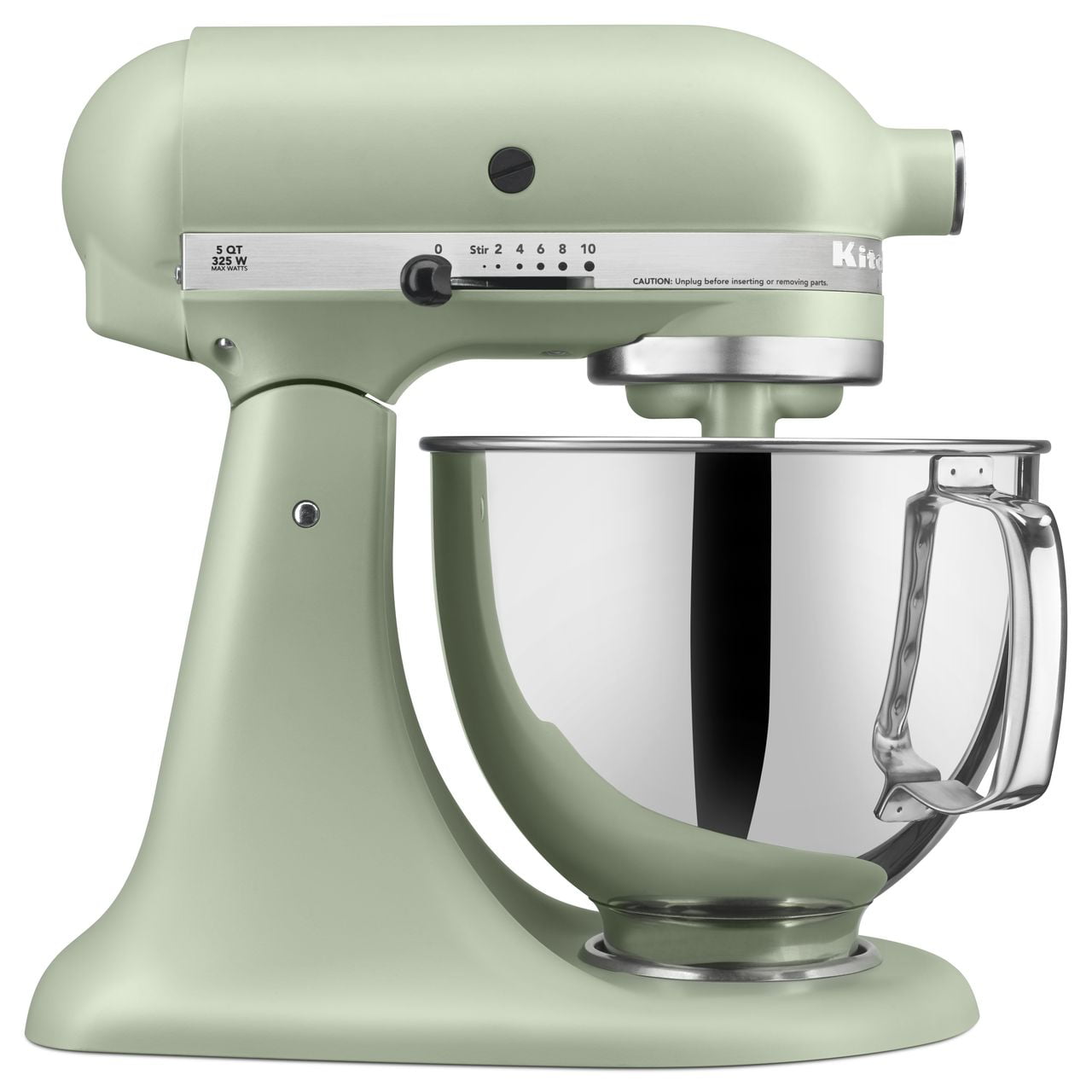

You have color visualization of any data on viewport, you can hover your mouse over a particle and display any data channel of this specific particle (3 years ago was not possible to display custom data channels, but now yes). Options to sort data, in tP you have Debug mode, where even slow, it allows you not only to check “particle data” but any input/output on any node.

Volumebreak, and fragmenter has been turbocharged, SC workflow has been evolving during last 3 years with general improvements. On this release, the “new addition” is MPM, but if you read the documentation, there is a new SPH solver (in my opinion one of the best SPH solvers available), there are huge improvements on SC (Do you remember last time that houdini had an improvement on his RBD solver? because its more than 10 years its totally abandoned). I think core features are pretty strong in tP, and has been evolving over time.

For example, complex fragment simulation and SC rigid body effects can show up to 5 times speedup, in some extreme cases even 10x. Early Beta-tester feedback indicated an overall speed improvement throughout every single aspect of the plugin. The core has also been improved with better memory management and multi-threading support.

In its first release the sand and snow material properties are supported by MPM, with more to follow.Īlso included is a new Cellular node designed to procedurally generate volumetric 3D patterns and group them into individual cells, plus Sprites, a new DX hardware-accelerated particle viewport display that offers faster and better density perception of large particle simulations. According to the announcement, the solver is suited for simulating materials from “hydro fluids, rubber to rock solid metals”. New features include a new Material Point Method (MPM) solver, a grid-based system that speeds up the physically accurate simulation of real-world material properties. Cebas has announced the release of Thinking Particles 7.


 0 kommentar(er)
0 kommentar(er)
